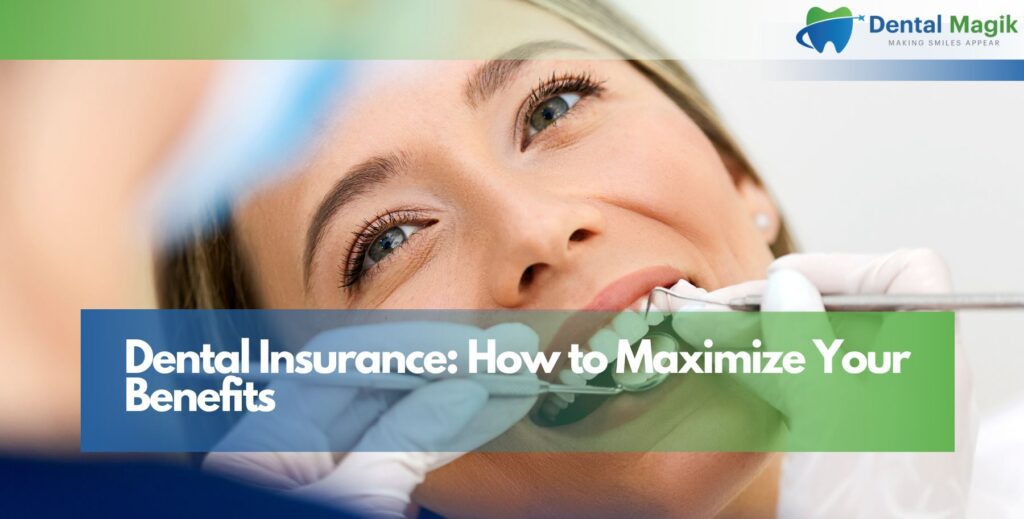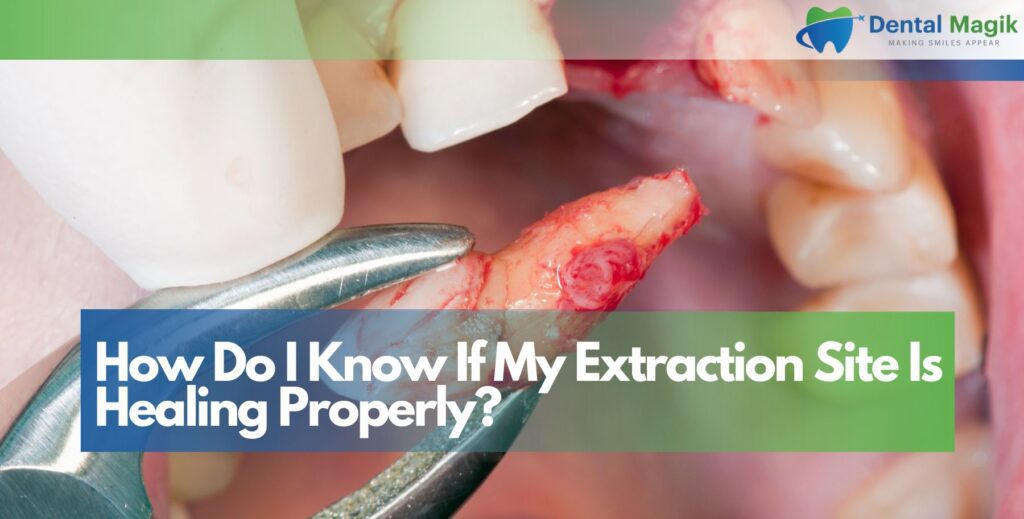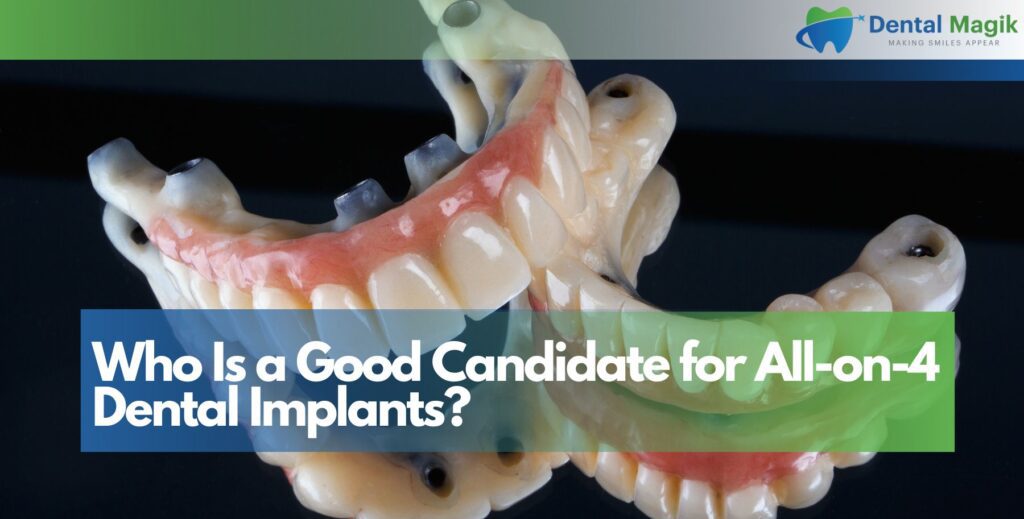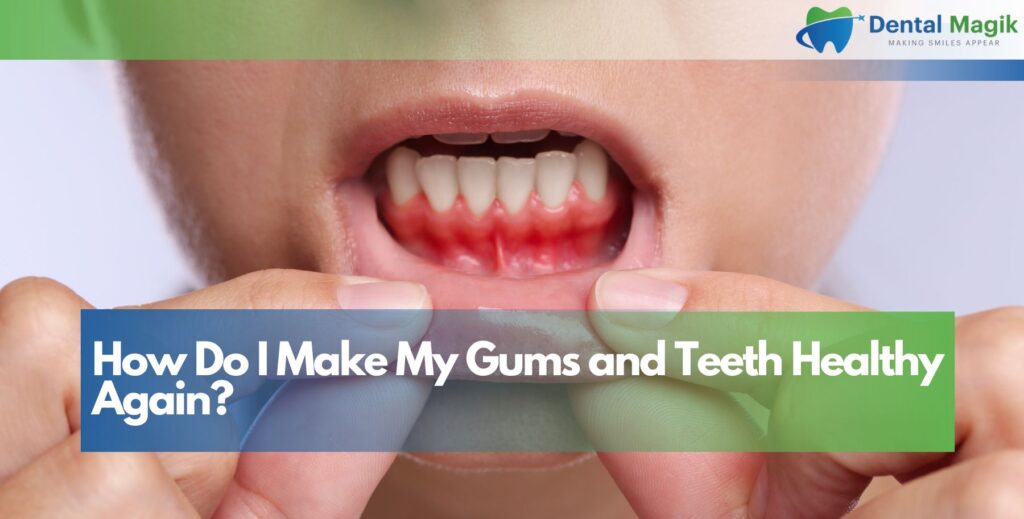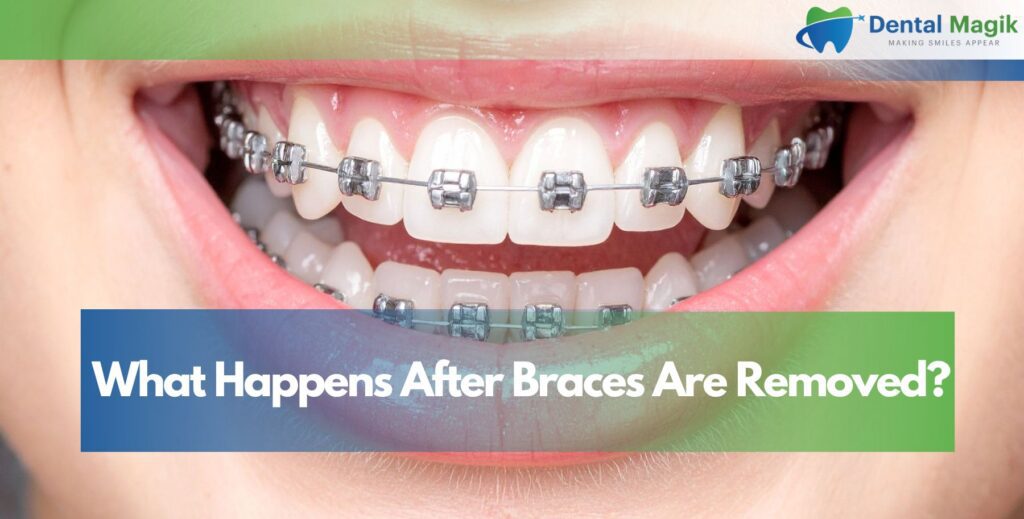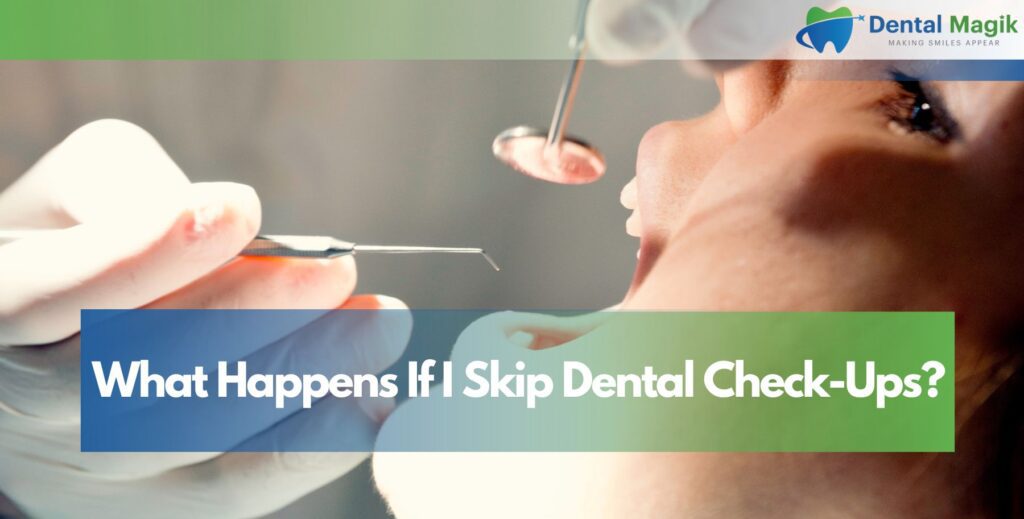Understanding dental insurance is the first step toward keeping your smile healthy and your wallet protected. But simply having dental coverage isn’t enough — you also need to know how to make the most of your dental benefits. Whether you’re paying monthly premiums or enrolled through your employer, knowing how your plan works can save you hundreds — even thousands — every year.
In this guide, we’ll walk through smart ways to maximize your dental insurance, how to avoid common mistakes, and how to use your plan to its full potential.
What Is Dental Insurance and How Does It Work?
Dental insurance helps cover the cost of routine oral care, preventive visits, and more extensive dental treatments. Unlike medical insurance, dental policies tend to focus more on prevention than emergency care.
Types of Dental Insurance Plans
The most common types include:
- PPO (Preferred Provider Organization): Offers flexibility to choose any dentist, with better rates inside a network.
- DHMO (Dental Health Maintenance Organization): Lower cost but limits you to a specific network of providers.
- Discount Plans: Not insurance, but provide reduced fees with participating providers.
Each plan is different, so it’s important to read your policy’s coverage details, including deductibles, copays, and annual maximums.
Why Maximizing Dental Benefits Is So Important
Many people don’t realize that unused dental benefits often expire at the end of the year. If you don’t use them, you lose them. The average annual maximum on a plan ranges between $1,000 and $1,500 — and if you don’t take full advantage of it, you’re leaving money behind.
Avoiding Out-of-Pocket Surprises
When you know what your insurance covers, you can avoid unexpected bills and plan major treatments wisely. By tracking your usage, staying within network, and timing procedures right, you’ll always be one step ahead.
Preventive Services: The Smartest Way to Use Dental Insurance
One of the best ways to maximize dental insurance is by using preventive care — the part of your plan that’s often fully covered.
What’s Included in Preventive Services
- Dental cleanings
- Check-ups
- X-rays
- Fluoride treatments
- Sealants for children
Most plans cover these at 100% twice a year. Skipping them doesn’t save money — it actually increases the risk of bigger problems down the road.
Understanding Coverage Levels for Dental Procedures
Knowing your coverage tiers helps you plan better. Most dental insurance plans follow a 100-80-50 model:
100% Coverage
Covers preventive care such as cleanings and check-ups.
80% Coverage
Covers basic procedures like fillings, extractions, and gum disease treatment.
50% Coverage
Covers major procedures like root canals, crowns, bridges, and dentures.
Understanding what falls into each category helps you budget your treatments and avoid surprises.
Maximize Your Annual Maximum and Deductible
Every dental plan comes with an annual maximum — the most the insurer will pay in a year — and a deductible, which you must pay before benefits kick in.
Smart Tips for Using Your Maximum
- Split treatments across years to avoid hitting the limit in one year
- Plan major work after meeting your deductible
- Schedule checkups early to identify issues while benefits are still available
Staying organized ensures you’re not wasting your insurance dollars.
Choosing In-Network Dentists vs. Out-of-Network
In-network dentists have agreed to lower fees with your insurance company, which means you pay less out of pocket. Going out-of-network gives more flexibility but often leads to higher costs.
Why In-Network Saves More
- Negotiated lower rates
- No balance billing
- Direct billing to your insurance
Always ask if your dentist is in-network before booking treatment.
Timing Procedures Around Your Benefits Year
One of the smartest strategies to maximize your dental insurance is understanding your plan year — usually January to December — and planning accordingly.
When to Schedule Treatment
- Do a check-up in early months to assess treatment needs
- Spread procedures over two benefit years to double coverage
- Avoid end-of-year rush — book appointments early
This approach helps you stretch your benefits budget and reduce out-of-pocket costs.
Emergency Dental Needs and Coverage
Many people don’t plan for dental emergencies, but they happen. Knowing your plan’s emergency coverage can prevent stress when you least expect it.
What Emergency Services Are Covered
- Toothaches
- Broken teeth
- Lost fillings or crowns
- Infections or abscesses
While emergency dental care may not be 100% covered, it’s usually categorized as a basic or major service, so knowing how much your plan pays matters.
Using Flexible Spending Accounts (FSAs) and HSAs
If your employer offers FSAs or Health Savings Accounts, these are powerful tools to save on dental expenses with pre-tax dollars.
How FSAs and HSAs Work
- Use them for copays, deductibles, or non-covered services
- FSAs expire yearly — don’t let funds go unused
- HSAs roll over and can grow over time
Using them alongside your insurance reduces total costs significantly.
Best Dental Treatments to Maximize Insurance
Some treatments are more cost-effective with insurance coverage. To get the most value, consider timing these procedures:
Top Procedures to Prioritize
- Deep cleanings for gum disease
- Crowns or bridges split over plan years
- Fillings and extractions early in the year
Sticking to what your plan covers most generously ensures maximum return.
How to Review and Switch Dental Plans Wisely
If your plan doesn’t meet your needs, review it during open enrollment or renewal periods.
Things to Look For
- Higher annual maximum
- Lower deductibles
- Better network coverage
- Enhanced major services coverage
Comparing your dental needs with plan features ensures you’re getting the best value for your money.
Tips to Avoid Losing Dental Insurance Benefits
Many benefits go unused simply because people forget or delay care.
Avoid These Common Mistakes
- Skipping biannual cleanings
- Ignoring plan expiration dates
- Not asking about pre-authorizations
- Assuming everything is covered without checking
Being proactive saves you money and protects your oral health.
How to Talk to Your Dentist About Insurance
Most dental offices are happy to help you understand your coverage. Don’t be shy about asking.
Questions to Ask
- What will my insurance cover for this treatment?
- Are there lower-cost options that are still effective?
- Can this be split into multiple visits?
A transparent conversation helps align treatment with your insurance benefits.
Conclusion
Maximizing your dental insurance benefits takes planning, awareness, and smart timing. Don’t let unused dollars slip away or pay more than necessary. Stay informed about your plan’s coverage, book preventive care, and work with your provider to make decisions that benefit both your health and your budget.
If you’re looking for personalized dental care that works with your insurance, schedule an appointment with a trusted Dentist in East Brunswick, NJ. Their team can help you understand your benefits and make every dollar count toward a healthier smile.
FAQs
What is the best way to use my dental insurance?
Use your preventive visits, stay in-network, and schedule needed treatments before the year ends.
How can I find out what my insurance covers?
Call your provider or ask your dentist’s office to run a benefits check for your plan.
Does insurance cover dental implants?
Most don’t cover implants fully, but some premium plans may include partial coverage.
Can I use dental insurance for cosmetic procedures?
Generally no — cosmetic treatments like teeth whitening or veneers are not covered.
How often should I get a dental cleaning?
Most plans cover cleanings twice a year, every six months.
Do unused dental benefits roll over?
In most cases, no. If you don’t use your annual limit, it expires.
What’s the difference between PPO and HMO dental plans?
PPO gives more provider flexibility. HMO offers lower cost but limited choice.
Can I change dental plans anytime?
Usually only during open enrollment, unless you have a qualifying life event.
Will my dental insurance cover braces or Invisalign?
Some plans cover orthodontics for kids, and a few now include Invisalign. Always check your policy.
Is it cheaper to go to an in-network dentist?
Yes. In-network providers have lower fees and save you money out of pocket.

